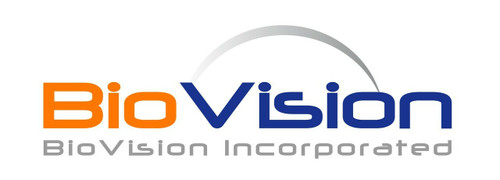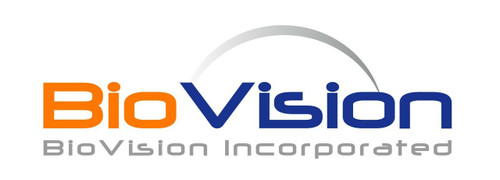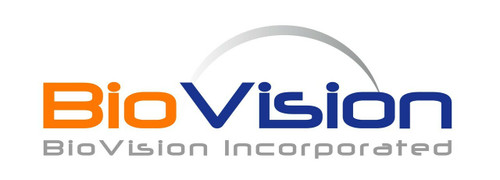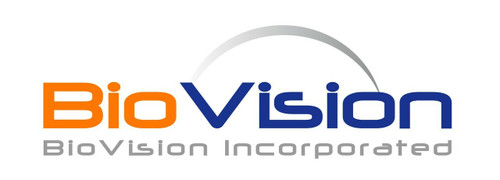Product Description
The acetylation of histone lysine residues plays a crucial role in the epigenetic regulation of gene transcription. A bromodomain is a protein domain that recognizes acetylated lysine residues such as those on the N-terminal tails of histones. This recognition is often a prerequisite for protein-histone association and chromatin remodeling. These domains function in the linking of protein complexes to acetylated nucleosomes, thereby controlling chromatin structure and gene expression. Thus, bromodomains serve as readers of histone acetylation marks regulating the transcription of target promoters. The BET family of proteins, defined by tandem Bromodomains and an Extra Terminal domain, include BRD2, BRD3, BRD4, and BRDT. The BET proteins play a key role in many cellular processes, including inflammatory gene expression, mitosis, and viral/host interactions. The isolated individual or tandem bromodomains of BRD2 and BRD4 have been shown to bind acetylated histone tails, serving to couple histone acetylation marks to the transcriptional regulation of target promoters. Small molecule inhibitors of these interactions hold promise as useful therapeutics for human disease.
Biovision | 7651 | BRD4 bromodomains 1 and 2 49-460 aa GST-tagged Human recombinant DataSheet
Biomolecule/Target: BRD4
Synonyms: BRD4 bromodomains 1 and 2 (49-460 aa) (GST-tagged), Human recombinant
Alternates names: ART, ARTN , EVN, NBN, Enovin, Neublastin
Taglines: A protein involved in chromatin targeting
NCBI Gene ID #: 9048
NCBI Gene Symbol: ARTN
Gene Source: Human
Accession #: NM_057090
Recombinant: Yes
Source: E. coli
Purity by SDS-PAGEs: 98%
Assay: SDS-PAGE
Purity: N/A
Assay #2: HPLC
Endotoxin Level: N/A
Activity (Specifications/test method): N/A
Biological activity: The ED determined by it's ability to stimulate the proliferation of human SH-SY5Y cells is 2-5 ng/ml.
Results: N/A
Binding Capacity: N/A
Unit Definition: N/A
Molecular Weight: 24.2 kDa
Concentration: N/A
Appearance: Liquid
Physical form description: 50 mM Tris, pH 7.5, containing 500 mM sodium chloride, 5% glycerol, and 5 mM -mercaptoethanol.
Reconstitution Instructions: Reconstitute in HO to a concentration of 0.1-0.5 mg/ml. This solution can then be diluted into other aqueous buffers and stored at 4°C for 1 week or 20°C for future use.
Amino acid sequence: N/A
 Euro
Euro
 USD
USD
 British Pound
British Pound
 NULL
NULL








